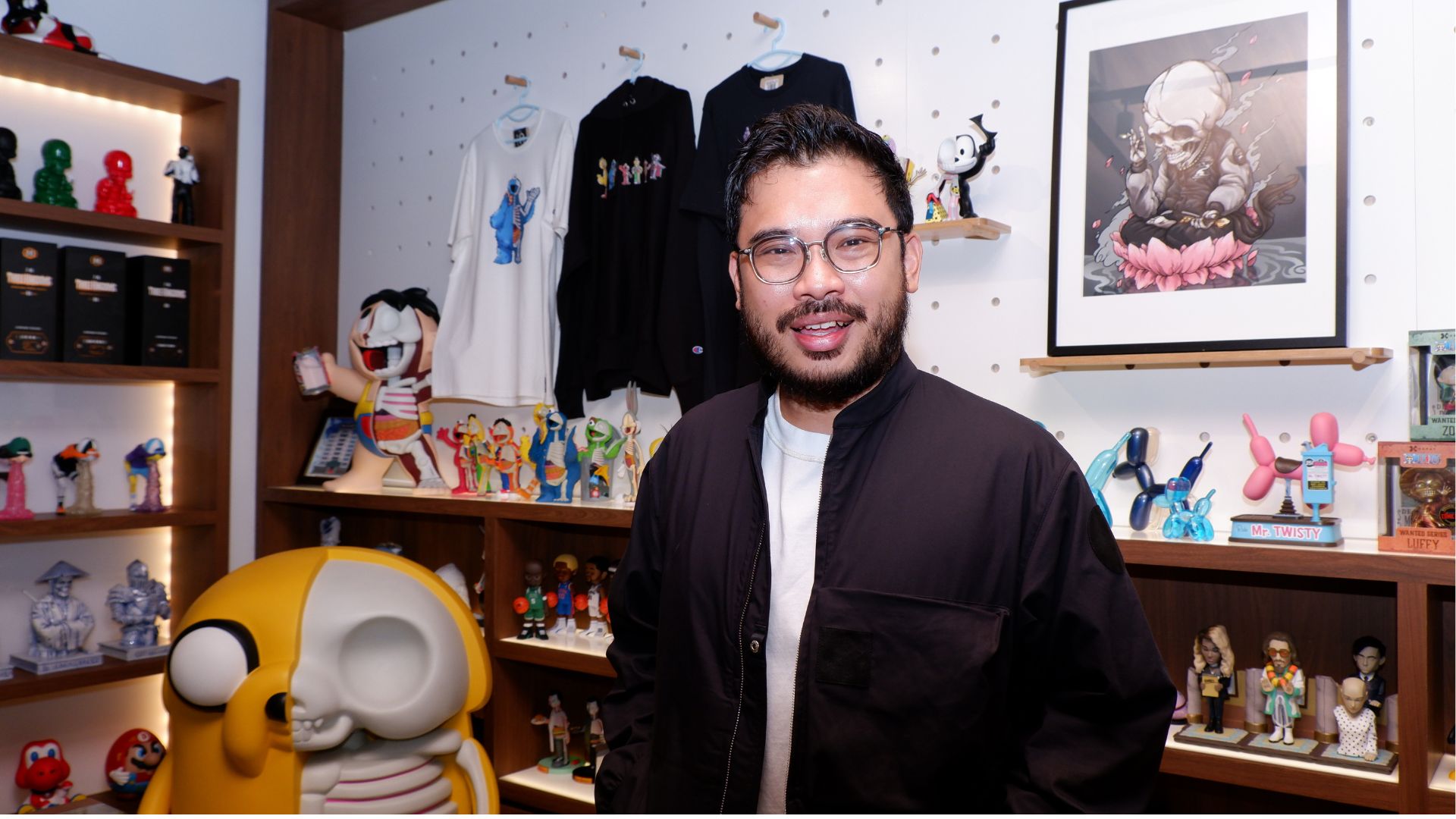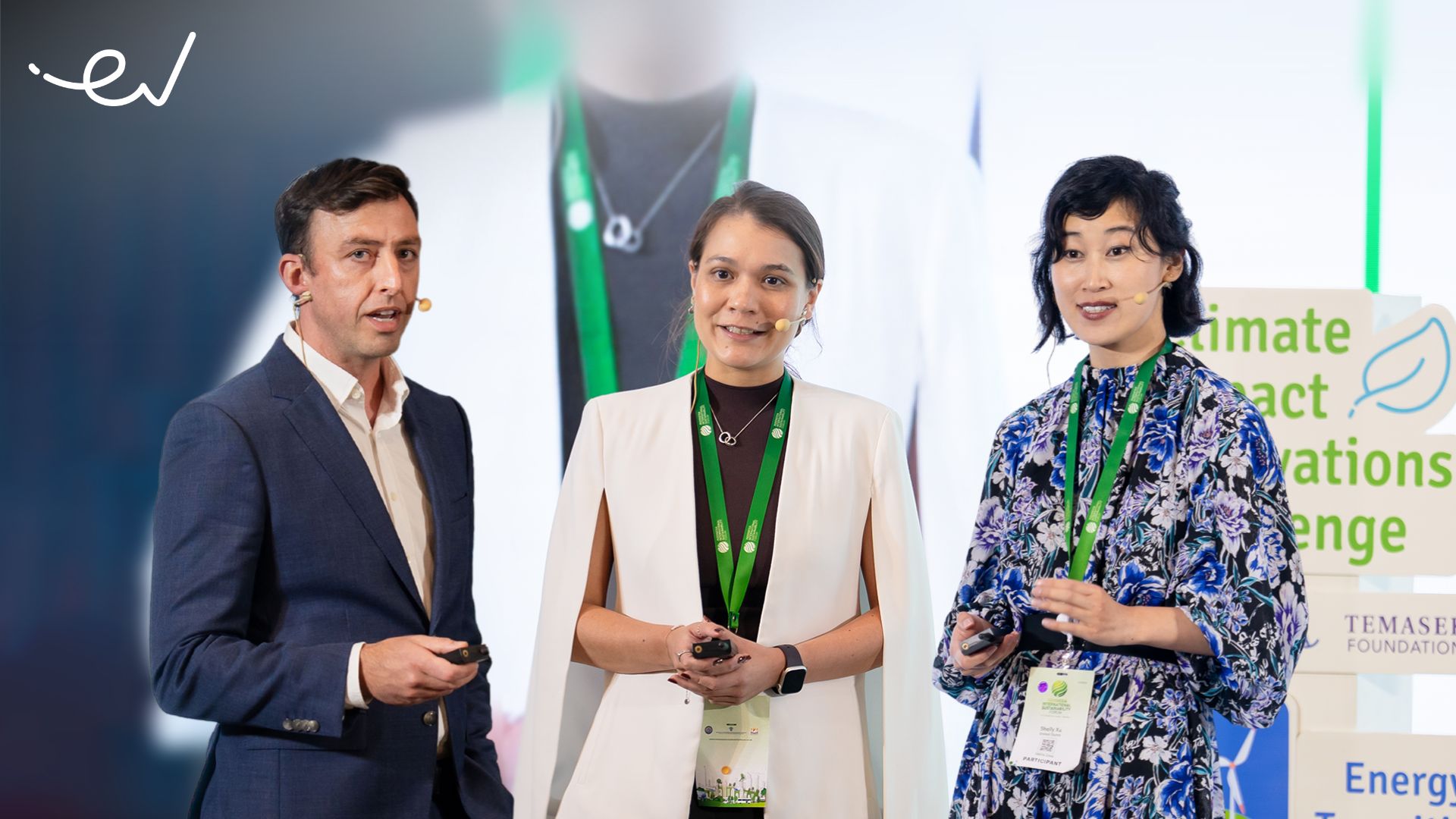Amidst global economic challenges, the ASEAN region stands out as a symbol of strength and adaptability. At the Tech In Asia Conference 2023, Roderick Purwana, Managing Partner at East Ventures, shared his insight with Willis Wee, Founder of Tech in Asia, who also moderated the panel titled “Harnessing the potential of an integrated ASEAN.”
The discussion highlighted the importance of achieving an integrated ASEAN, primarily focusing on the economy as the driving force. ASEAN has shown positive economic growth over the past five years, and opportunities are expected in sectors like climate, vehicles, supply chains, and finance. The panel emphasized the need to promote intra-ASEAN investments and stressed the importance of inclusivity rather than a closed-off ecosystem.
The discussion also emphasized several regional industries, such as fintech, healthcare, climate, and energy transition, likely to be central to the region’s development. The panel also recognized the diverse nature of the region and how this diversity, when harnessed effectively, can be a strength, along with the value of “gotong royong” promoting collaboration and mutual support.
Below is the transcript of the panel discussion. It has been edited for brevity and clarity.
What does an ‘integrated ASEAN’ mean for us, and what are some rare opportunities it presents?
Indonesia is a very important part of ASEAN – a regional cooperation between 10 countries in Southeast Asia, which was founded in 1967 by five original founding members.
It’s also grown from overseeing politics, peace, and security to sociocultural and economic participation. I think ASEAN is the second most successful regional country group globally after the European Union, and Indonesia was the chair of the ASEAN Summit this year which was hosted in May and September.
What opportunities can founders and investors look forward to?
An ‘integrated ASEAN’ is about looking at the whole ASEAN region as one inclusive area where there could be more trade and investments. One of the things that we have looked at is ASEAN’s positive economic growth in the past 5 years despite the global and local challenges. Although we did things right, many regional investments come from outside ASEAN. Therefore, we want to see how there can be more intra-ASEAN investments.
As a block, ASEAN’s economic value is about US$4 trillion with 700 million people in the region. The economic output will be positive in the next 5 to 10 years. There will be many opportunities in certain sectors such as climate, vehicle, supply chain, and finance. People within ASEAN can promote and make more intra-ASEAN investments within the region as an inclusive economic completion area.
Regarding climate and electric vehicles, how would this hypergrowth, flourishing market make an integrated ASEAN?
There are natural sectors within the region that match the regional competition. From our portfolio, Traveloka makes a good example. They started in Indonesia and were among the first startups to go regional. Travel is an industry that is very natural to go regional for.
If you look at previous opportunities, we are trying to identify sectors that make a lot of sense. Some potential examples are mobility, electric vehicles, and energy transition. Two legacy projects promoted in the last few months were the ASEAN Net Zero Hub and Carbon Center of Excellence where one standard can be established across Southeast Asia.
More specifically, we talked about how to work with other countries rather than compete with them, such as electric vehicles. The chip could be from Malaysia, and the battery could be from Indonesia because Indonesia has a lot of nickel. The manufacturing could be done in Thailand since they are good at it. This could be an example of an integrated ASEAN economic opportunity.
On the financial service side, the legacy project was about one QR for the whole region. Our governor showed us how to pay using a QR or an e-wallet. With fewer barriers and more regional integration, there will be different opportunities across the 8 pillars. Some might be more natural, but some might take a little more effort regarding how people would integrate that.
Supply chain is another example that the movement of goods is natural but not as seamless so you have to coordinate it across multiple stakeholders. Regardless, for investors such as ourselves, it opens up new opportunities for our portfolio companies to either expand to multiple countries or think about working with and complementing other companies within the region rather than doing things alone.
What sectors are you looking at right now and why?
One of the areas we’ve invested in is fintech, where the companies can operate in multiple countries. We have Xendit from our portfolio as an example. Other businesses such as Traveloka have more regional exposure.
Beyond that was healthcare. COVID-19 exposed how fragile the infrastructure for healthcare in the whole region was. We believe that substantial investment in the healthcare space is necessary. One of the projects promoted in the past few months was the ASEAN-BAC Health Institute across Southeast Asia to look at healthcare policies together. In Indonesia, in particular, we just had the bill of health rectified a couple of months ago, which opened up new opportunities. Therefore, fintech, healthcare, climate, and energy transition are industries that we’ve been looking at in the region. We’re seeing how we can invest more into them for an integrated ASEAN.
Many integrations around climate tech and hardware are more accelerated in the western part of the world. When it comes to an integrated ASEAN, does it mean that we have to build and develop within ASEAN or is it fine to bring technology know-how from all over the world to ASEAN?
One keyword that remains used among our leaders is ‘inclusiveness.’ We want to allow different countries and stakeholders to participate in the ecosystem. The eventual goal is for ASEAN to lead the market up the value chain and produce and deliver these technologies.
We were in South Korea two weeks ago launching a new investment corridor with them. Given the uncertainty and the strain of geopolitical conditions and the decoupling of China and the US, South Korea is becoming more important as a technology hub.
We were looking at how we can potentially invest in Korean companies with unique technologies that can help companies in our part of the world to do better. For example, South Korea is known to be very good in battery technology, semiconductors, bio-flight, and entertainment. So, there are areas outside ASEAN where the technology and capabilities already exist. We should leverage that and transfer the knowledge and know-how here.
This is not exclusive to South Korea. It can be Japan or other countries as well. The goal eventually is to transfer the knowledge and move up the value chain. Most ASEAN countries have middle income. If you want to move from there and escape the middle-income trap, you must start moving up the value chain. There are ways to work through, collaborate, and leverage things from outside the region in the short term.
ASEAN comprises more than 10 different nations; we all speak different languages and come from different cultures. So, how does this diversity help build an integrated ASEAN? Because it brings some challenges. From an investing point of view, how do you see this challenge and how do founders operate in such a diverse environment?
Almost 700 million people live in Southeast Asia. It is made up of different countries of different sizes, different socioeconomic cultures, different religious bases, and different political systems. So, it is not easy to lock everything into 1 market. International players that have come to the market found that local wisdom is necessary to operate in this market.
We always believe that our companies must wait and be strong in their market before going to another. That’s why many startups from Indonesia are quite lucky because the market is big enough.
Now, in terms of whether or not diversity is a strength for founders in Indonesia – our motto is “Bhinekka Tunggal Ika” or “Unity in Diversity.” This is one of the country’s main strengths and what has governed us this far. Diversity is a real strength for ASEAN and its founders. They just have to think about how to tap into it the right way. We also have a value called “gotong royong” in which we collaborate and figure out the right way to complement each other. Indeed, it’s not easy to tackle them, and historically, in some ways, some countries might be more competitive than they are collaborative. As we go further into this ASEAN integration journey, there are ways to work through it within the ecosystem. The opportunities are there. You must figure out your experiences, focus, communicate, and collaborate across the region.
Regarding an integrated ASEAN, is there any other specific portfolio company you think could ride the wave well?
We have quite a few companies within our portfolio which are regional businesses. We have Traveloka, Carro, and ShopBack. We also have a few others that are also regional. Depending on the sector that they’re in and how they choose to expand, I guess there will be a difference in benefits that they’ll be able to tap into.
Since you mentioned South Korea earlier, will we see East Ventures investing in more countries with capabilities that Southeast Asia doesn’t have?
With South Korea, we have a relationship with them, which we talked about and worked on for quite some time. I don’t think we’re in a rush to expand to hundreds of markets, but opportunistically, if things make sense along the way, we are open to them. It’s not something that we are actively pursuing.







